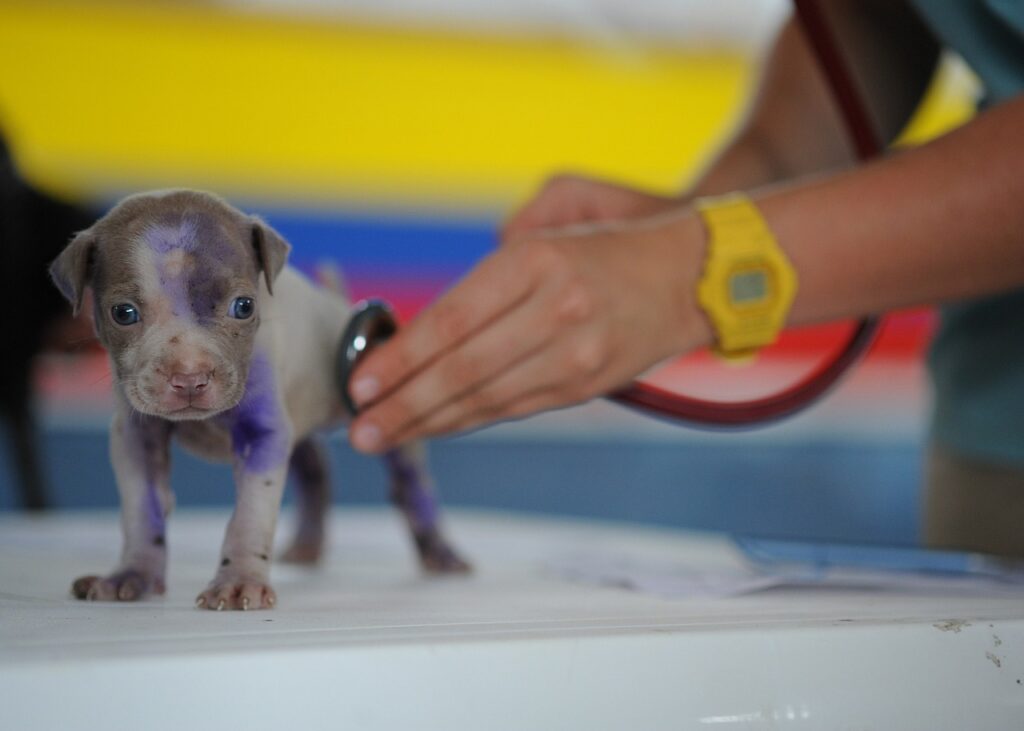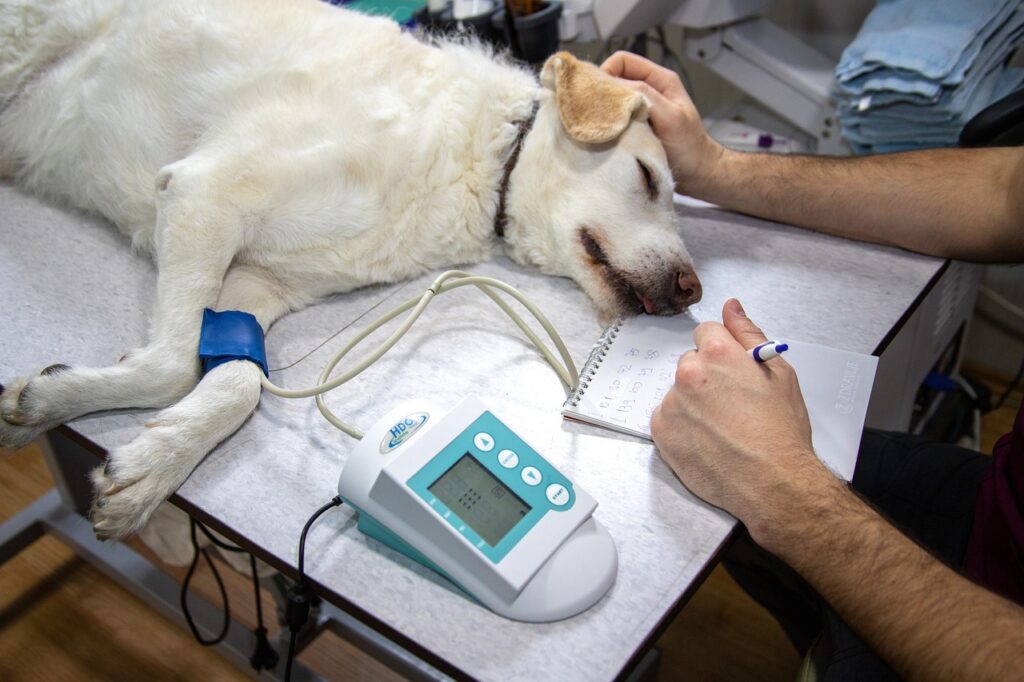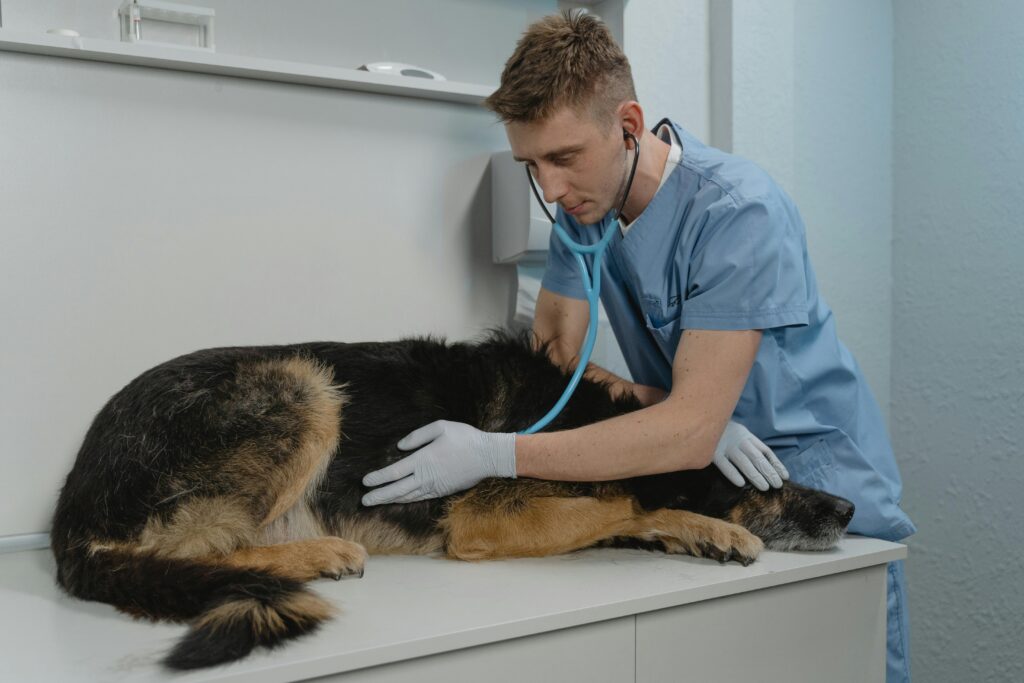Worried your pet might be sick? Learn to recognize signs of illness in dogs and cats, including symptoms like lethargy, loss of appetite, and behavioral changes. Ensure your furry friend’s health with our comprehensive guide
As pet owners, we all want our furry (or scaly or feathered) friends to stay happy and healthy. But since they can’t tell us when something’s wrong, how can we tell if our pets are sick? Recognising the early signs of illness can make all the difference in getting timely care for your beloved companion. In this guide, I’ll walk you through the most common signs of illness, when to seek help, and how to keep your pet in tip-top shape.
1. Understanding Your Pet’s Normal Behaviour
The first step in identifying illness is knowing what’s normal for your pet. Every animal is unique, and what’s “normal” for one might not be for another. Pay attention to:
- Eating habits: Does your pet eat voraciously, or are they a grazer?
- Energy levels: Is your dog usually bouncing off the walls, or does your cat spend most of the day lounging?
- Bathroom routines: Are their stools consistent, and how often do they go?
- Temperament: Are they social and playful, or more reserved?
Keeping track of these behaviours will help you spot when something is off. For example, if your normally energetic dog suddenly seems lethargic, it’s a red flag.
2. Common Signs Your Pet Might Be Sick
Here are the most frequent signs of illness in pets. If you notice any of these, it’s time to pay closer attention.
Changes in Appetite or Thirst
- Loss of appetite: Skipping a meal or two might be okay, but prolonged refusal to eat could indicate an underlying issue.
- Increased thirst: Drinking more water than usual can signal conditions like diabetes or kidney problems.
Lethargy or Decreased Activity
If your pet seems unusually tired or uninterested in activities they typically enjoy, this could indicate:
- Pain or discomfort
- Illness like infections or metabolic disorders
Vomiting or Diarrhoea
While occasional vomiting or loose stools might not be alarming, frequent episodes can mean trouble. Look out for:
- Blood in vomit or stool
- Persistent symptoms lasting more than a day

Changes in Weight
Sudden weight loss or gain is often a sign of illness. Conditions like thyroid problems, diabetes, or cancer can cause significant changes in weight.
Unusual Odours
Bad breath, foul-smelling ears, or unusual body odours can indicate dental disease, ear infections, or skin issues.
Respiratory Problems
Signs of respiratory issues include:
- Persistent coughing
- Wheezing
- Difficulty breathing or rapid breathing
Skin and Coat Changes
A healthy pet’s coat should be shiny and smooth. Watch for:
- Excessive shedding or bald spots
- Skin redness, sores, or irritation
- Lumps or bumps
Behavioural Changes
- Aggression or fearfulness
- Clinginess or hiding
- Sudden vocalisation changes (e.g., barking or meowing excessively)
Eye and Ear Issues
- Red, watery, or cloudy eyes
- Discharge or crusting around the eyes
- Shaking their head or scratching at their ears
3. Specific Signs for Different Types of Pets
Dogs
- Limping or difficulty standing: Could indicate joint pain or injury.
- Excessive licking of paws: May signal allergies or anxiety.
Cats
- Hiding more than usual: Often a sign of pain or illness.
- Grooming less: Cats that stop grooming may have dental issues or arthritis.
Birds
- Fluffed-up feathers: Indicates they’re trying to conserve body heat, often due to illness.
- Sitting at the bottom of the cage: A serious sign that requires immediate attention.
Reptiles
- Lack of appetite: Can indicate improper temperatures or illness.
- Changes in skin colour: May signal stress or health problems.
Small Mammals (e.g., rabbits, guinea pigs)
- Not eating hay or pellets: Could lead to gastrointestinal stasis, a life-threatening condition.
- Wet or soiled fur around the bottom: Indicates diarrhoea or urinary issues.

4. What to Do If You Suspect Your Pet Is Sick
Check for Immediate Danger
Some symptoms require urgent care. Call your vet immediately if you notice:
- Difficulty breathing
- Seizures
- Loss of consciousness
- Inability to stand
- Excessive bleeding
Monitor Symptoms
For less severe symptoms, keep a journal of:
- Changes in behaviour or routine
- Frequency and severity of symptoms
- What they’ve been eating or drinking
Contact Your Veterinarian
Even if you’re unsure, it’s better to be safe. Describe the symptoms clearly, and don’t hesitate to ask questions. Most vets appreciate proactive owners.
5. Preventative Care Tips for a Healthy Pet
Regular Vet Check-Ups
Annual or semi-annual visits allow your vet to catch potential issues early. Vaccinations, dental cleanings, and blood tests can keep your pet in peak health.
Proper Nutrition
Feed your pet a diet appropriate for their species, age, and size. Avoid overfeeding to prevent obesity—a common issue in pets.
Exercise and Mental Stimulation
Keeping your pet active not only prevents weight gain but also reduces stress and boredom. Try:
- Daily walks for dogs
- Interactive toys for cats
- Puzzles or training games for birds and small mammals
Grooming and Hygiene
- Brush their coat regularly
- Trim nails as needed
- Clean their ears and teeth
Parasite Prevention
Use flea, tick, and worm prevention methods recommended by your vet. These pests can carry serious diseases.

6. Personal Stories: When I Knew Something Was Wrong
Let me share a quick story about my own dog, Max. One day, I noticed he wasn’t as excited for his usual walk. By the evening, he refused his dinner—very unlike him. I decided to monitor him overnight, but by morning, he seemed even more lethargic. A trip to the vet revealed he had a mild infection, easily treated with antibiotics. Catching it early made all the difference.
This experience taught me the importance of trusting my instincts. If something feels off, it probably is.
7. When in Doubt, Act Early
The key takeaway? Don’t wait too long to act. Pets are masters at hiding discomfort, so by the time you notice symptoms, the illness might already be advanced. Regular check-ups, a keen eye for changes, and prompt action can ensure your pet enjoys a long, healthy life.
Being a pet parent means being their advocate. Your pet depends on you to keep them safe and healthy. By learning to recognise the signs of illness, you’re taking a big step toward being the best caregiver possible.
Unlock your dog’s hidden genius with Brain Training for Dogs 🐶✨! Say goodbye to bad behavior and hello to a smarter, happier pup. Start today and see the transformation! 👉 Click Here to Learn More!
